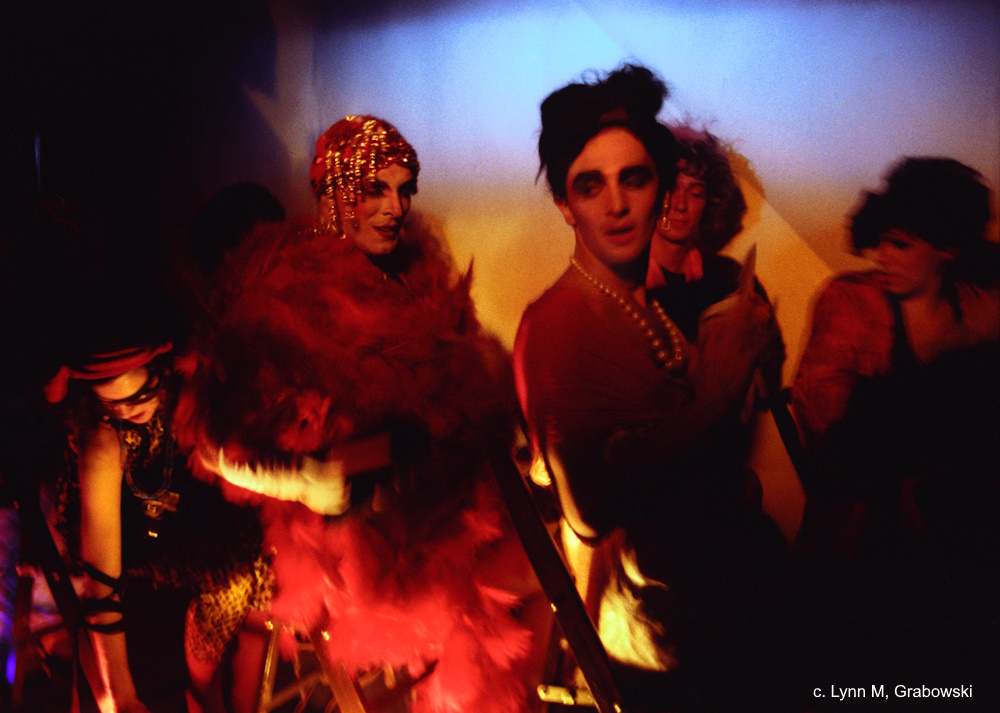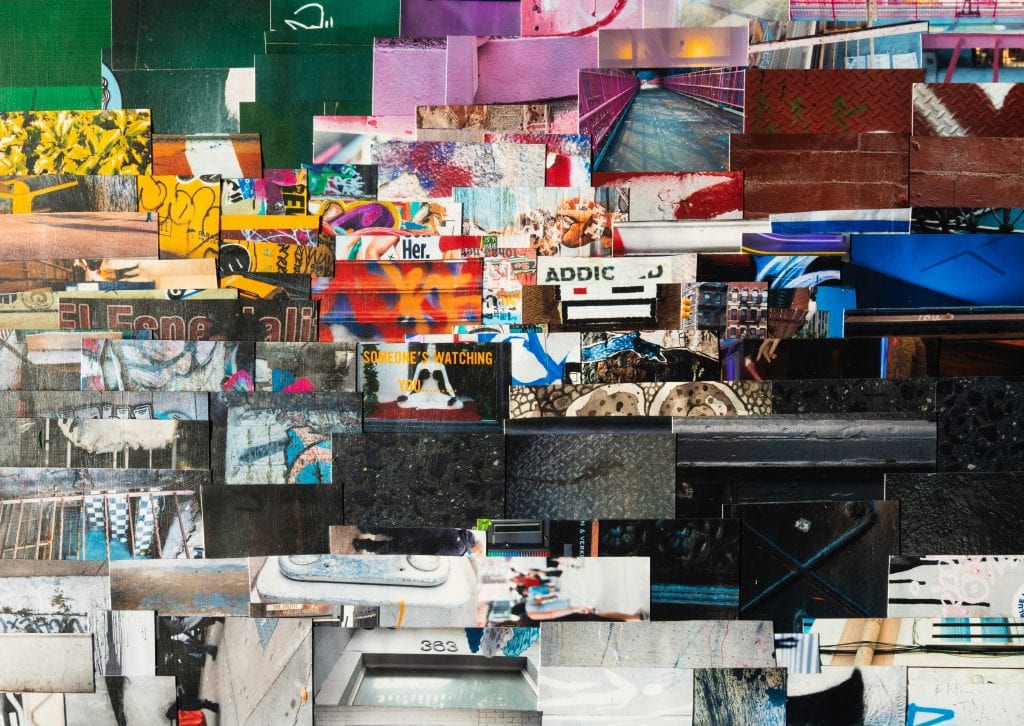Click Here to view the catalog for Linus Coraggio’s Ramifications.
For all that we spend countless lives and generations just trying to figure things out—as if the folly of understanding the world and universe around us were endemic to the human condition—there is a place where logic ends, and that too constitutes a fundamental place in our comprehension. Let us not besmirch the legacy of rationalism and enlightenment, or even the manifest destiny of science, but neither can we ignore the power of the anti-rational that persists amongst us like a mutant outsider philosophy. From a philosophical perspective anti-rationalism does not contest logic, in fact it accepts it as an essential necessity to the workings of the hand and heart. Rather, it reckons that there is so much more to understanding, a phenomenology that embraces another kind of truth latent in madness and irrationality. Linus Coraggio does not make art based off of any belief system, but he does work towards a system of profound disbelief.
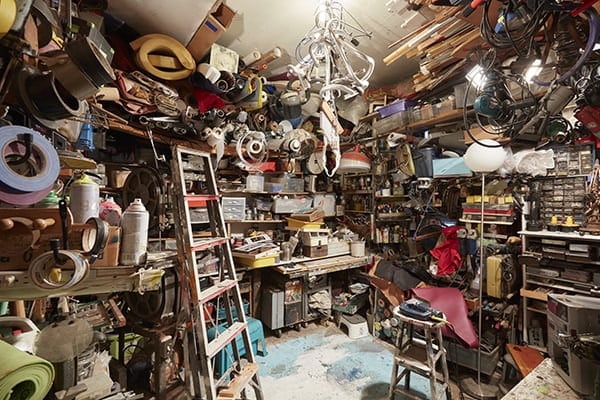
As an artist Coraggio has an uncanny facility for adopting impossible contradictions, to wield them in just such a way that the implausible attains a balance, in concept and composition, a dance of irascible attachments where the off-kilter oddity reveals its own discrete symmetry. He says it’s a lot like jazz, a resemblance you can see in his paintings but is made manifest in the sculptures where materiality suggests form with an improvisatory vigor. He makes it up as he goes along, without preconceptions of form or content, no map nor compass to guide him, but like a great chef he begins with an abundance of ingredients, a spice chest of misfit metallurgical matter, for he knows that good taste is not a test of purity so much as an alchemical art of daring combinations. A toolshed tinkerer, Linus isn’t trying to fix things but make them better through an audacious DIY invention. Even when he ventures into the functional, as he did for many years when his eccentric objects found popularity in the realm of hip urban interior design, purpose remains incidental, hybridity everything.
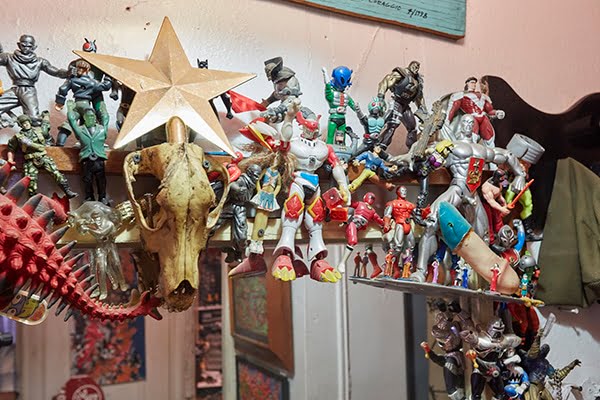
Linus Coraggio definitely does not like it when people point to a certain degree of whimsy in his art. He’s much too serious, even angry, for that. He’s not out for laughs or amusement, and even now that he grinds down the somewhat lethal edges of his assemblages to a more benign brutalism, there is a seething sort of barely contained violence within their anarchic anatomy. There is a psychological sense of horror at work here, and that’s part of this art’s curious fascination, like the way no one really looks away from the mangled metal gore of a car wreck, but—and don’t tell Linus I told you this—there’s something in the quirkiness of his forms that seems, well, kind of cute. Rife with the kinetic volatility of Jean Tinguely’s manic modernity, Coraggio’s mechanical language suggests a kindred manner of industrialist animation, as if the frolicking playfulness of Miró’s anthropomorphism was put to the engineering rigor of Legér’s machine age. In this way he is an unabashed modernist, reinventing the primitivism of all those artists colonizing the masks and fetish objects of tribal culture, or riffing on the legacy of David Smith and all those big-boy welders who once dominated but soon disappeared from the art world, leaving a public clutter of hulking abstract steel monsters in their wake.
Like the orphaned offspring of Duchamp’s readymades and Schwitters’ Merzbau, Coraggio’s art offers its own awkward yet graceful impersonation of absurdity with the same lingering anxiety and trauma as Dada found in the wake of the First World War. Built from useless scraps like the homemade skateboards of his youth, and echoing the wild style of the subway- train art movement of that era, almost literally in his “3-D graffiti” work, this is unmistakably an urban art form. However, it is not of the shiny new city that beckons homogeneity and comfortable entitlements, it is rather of that decaying and abandoned Gotham metropolis from which Coraggio, like his art, emerged like thorny weeds in the rubble. It’s tough and grim, determined and abject, self-reliant and self-invented, like the people it serves. Old world and terminally anachronistic to all that is so white and polite about today’s city, it’s about the radical invention of style that happens when people start to make things when they have nothing else and nobody gives a shit. Born of that great glut of refuse and refusal that spilled like a cargo-cult dialect from a broken and bankrupt city, it’s now a memento mori for a society that cannot imagine sustainability and continues to consume anew rather that consider recycling what it already has. And this too goes to the genesis of modernism in the gothic obsessions of romanticism at the dawn of the industrial revolution—a post-modern Prometheus to Mary Shelley’s Frankenstein.

Postscript
There’s a crazy lady running for president, no need to mention her name since she sells enough books already, who offers a kind of irrational logic befitting a Scientologist or a Christian Scientist to contest the use of pharmaceuticals to combat depression. But she’s got a great term for this vague spectrum of pain that is ultimately healthy, calling it “normal human despair.” Damn that would be a good name for a band, but let’s leave it as a doubtful descriptor for the place where Coraggio’s art is coming from. It is the pathos that rescues this art from its violence and its humor, as it does its creator from his irony, the cruel laughter of a besieged humanism re-imagining horror in a show called Ramifications. Maybe the real diagnosis is that despair is now normal.
The Third Position is a term used by the intelligence community to describe outliers who do not ascribe to any political ideology but will adopt incompatible and fundamentally contradictory extremes. It may apply to a new kind of aesthetics.
